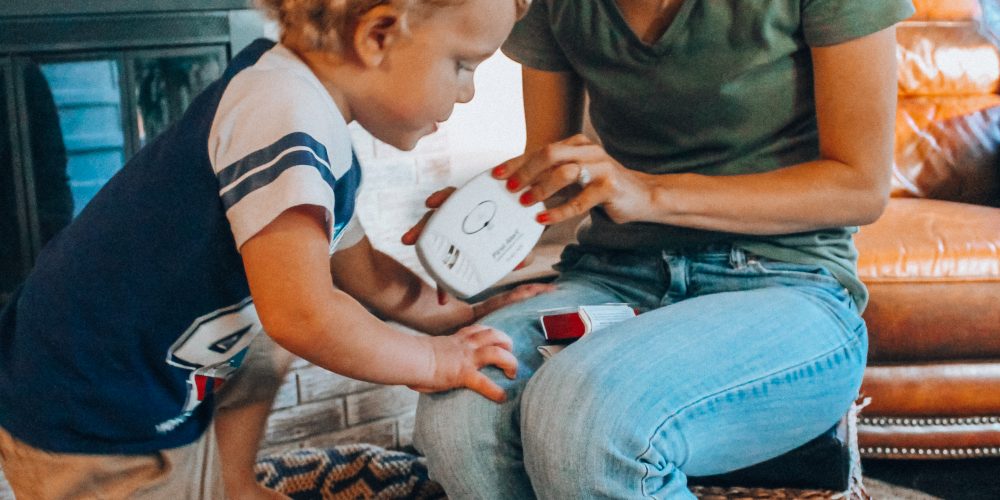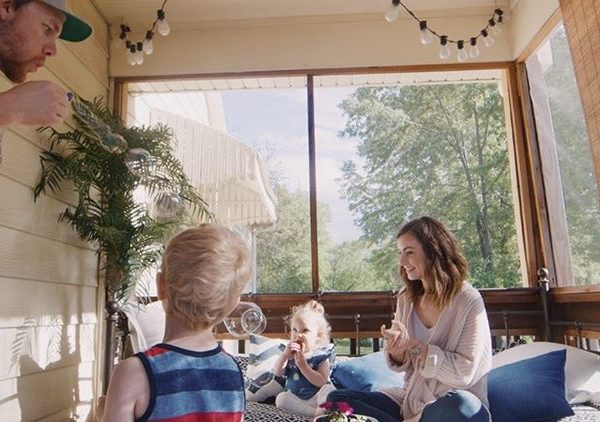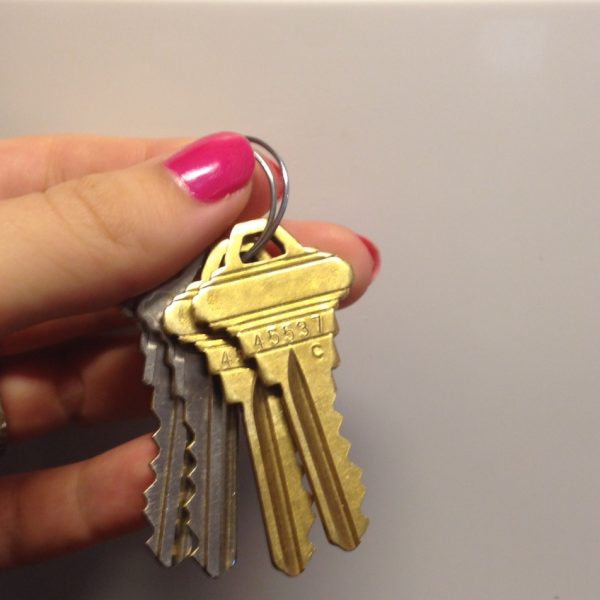Carbon monoxide safety – it may be time to replace your alarms!
Thank you First Alert for sponsoring this post. Don’t let the beep steal your sleep.
Shortly after Henry was born, I was home alone (with him) one day, and our smoke alarm started beeping. It wasn’t making the normal sound like it would make if there was smoke in the house…but it didn’t sound like the batteries were dying either. I called Brandon about it, and he mentioned that he thought it was a combination fire/CO alarm. We thought there was a good chance that carbon monoxide was in the house, and being a new mom, I was even more terrified than I normally would be. Long story short, I called 911 expecting one person to show up and check for me.
Nope. A firetruck (with their lights on) pulled onto my street and out jumped three firemen. They came in to check things out and…lo and behold…it was NOT a combination alarm (just a smoke alarm!) and there was no carbon monoxide.
Did I feel silly? Yes.
But you know what? I’m so glad I called, because better safe than sorry. Did you know that CO poisoning is the number one cause of accidental deaths in the United States? It is responsible for an average of 450 deaths and more than 20,000 emergency room visits each year. Terrifying statistics, right?
Needless to say, we have both smoke alarms and carbon monoxide alarms now, so I know we’ll be safe in the event of an emergency.
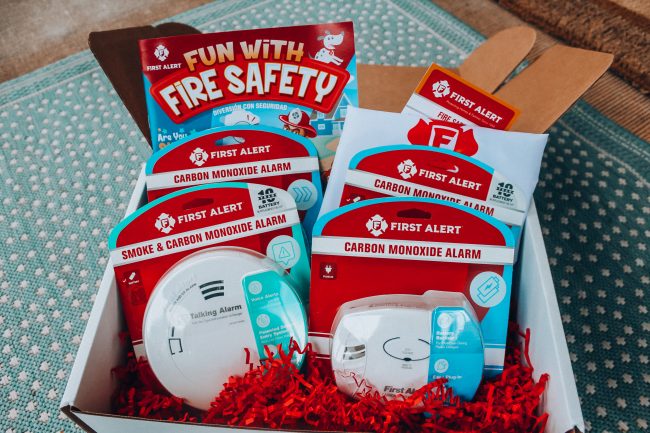
First Alert sent us a box full of different types of alarms in an effort to raise awareness of the dangers of CO poisoning and to encourage CO safety.
I can’t emphasize enough how important it is to not only purchase alarms for your house, but to maintain them (and replace when necessary!).
Carbon monoxide is an invisible, odorless and deadly gas that can be produced by any fuel-burning device (such as a car, furnace, boiler, or stove). A CO alarm could save your family’s life. As a mom of two babies, my top priority is to always keep them safe. And if there’s an alarm that will help do that, count me in.
I didn’t even realize that there were several types of CO alarms. First Alert has several to choose from: plug in, table top, and battery operated…plus a smoke/CO combined alarm.
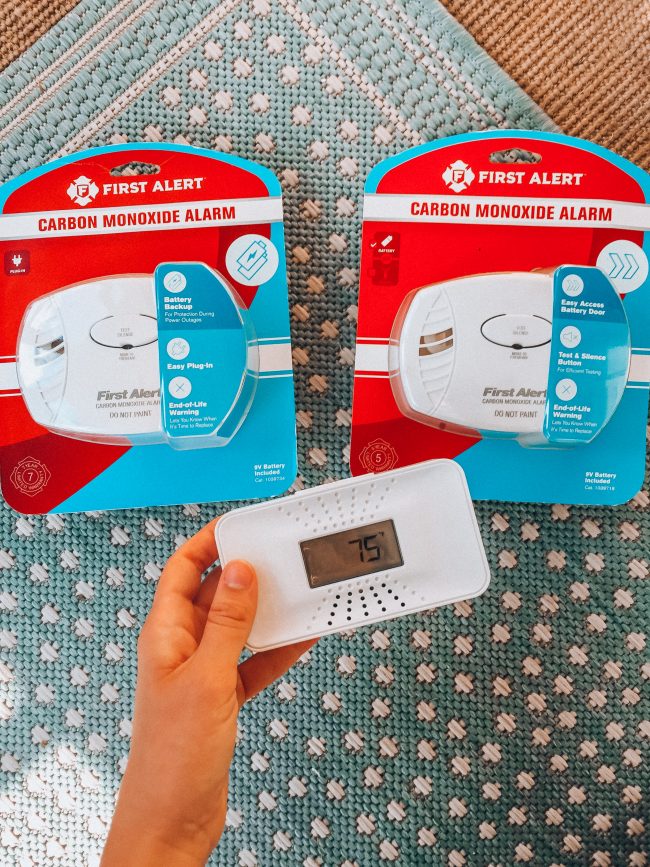
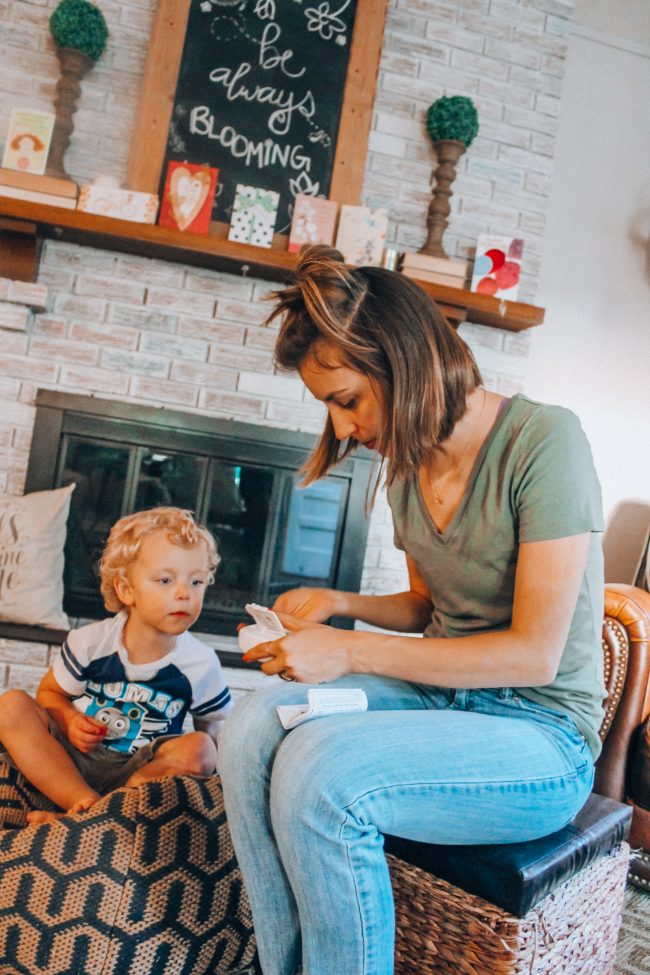
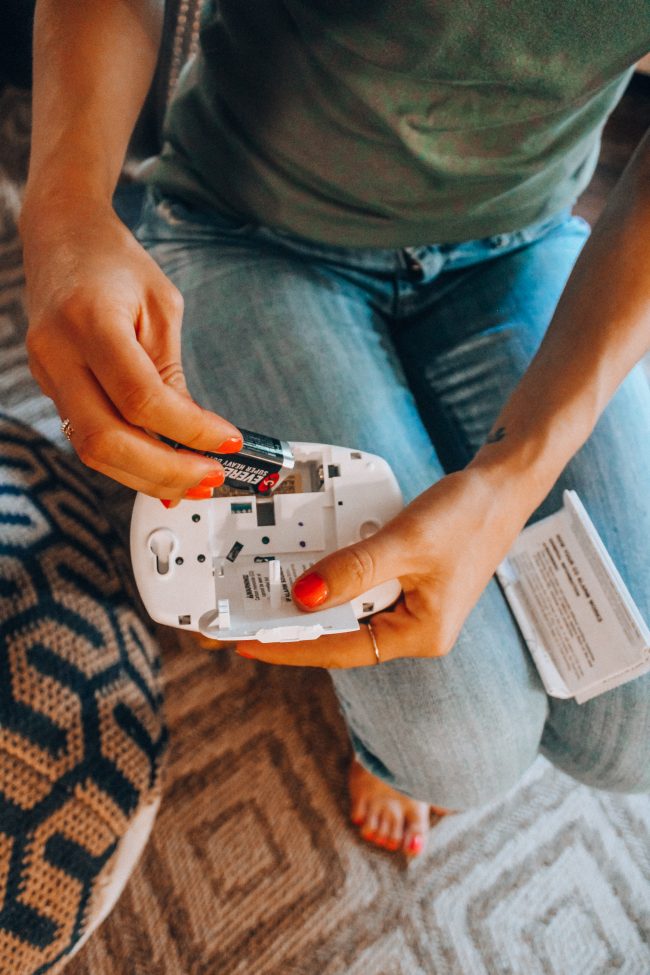
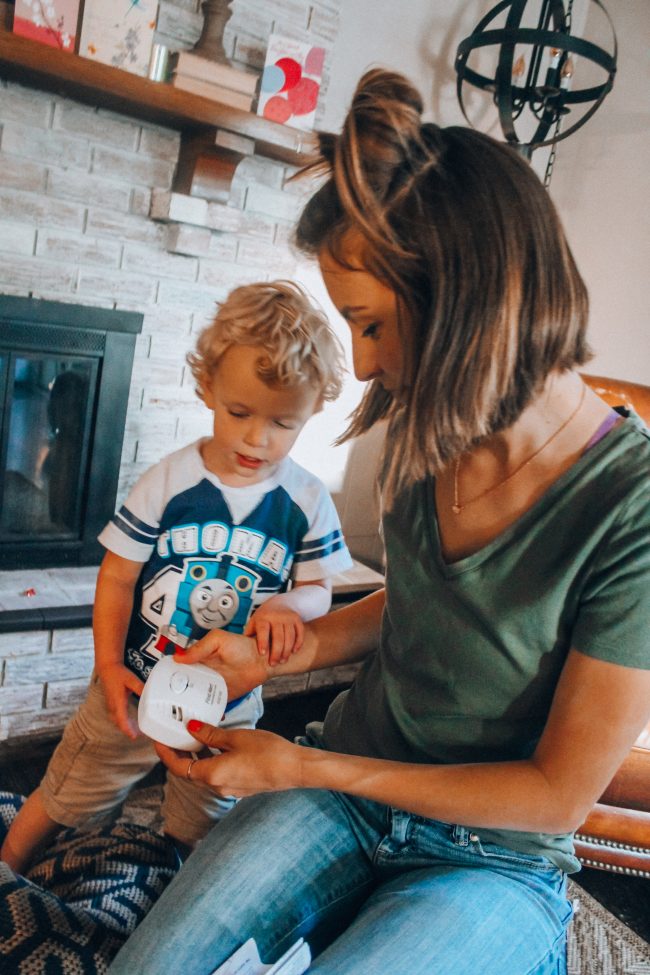
Click [here] for more information on carbon monoxide safety or you can watch the video below!
FYI: Many states adopted new building codes that took effect in 2011. In most of these cases, this means that one-and-two-family homes feature carbon monoxide alarms whose useful life of seven years is expiring or will expire soon. The states affected are California, Idaho, Kentucky, Louisiana, Nebraska, New Mexico, North Dakota, Oklahoma Oregon, Virginia, Washington, and Wisconsin.
If you live in one of these states, please check your carbon monoxide alarms and replace if necessary! Typically, they’ll have an end of life warning, signaling that it’s time to replace.
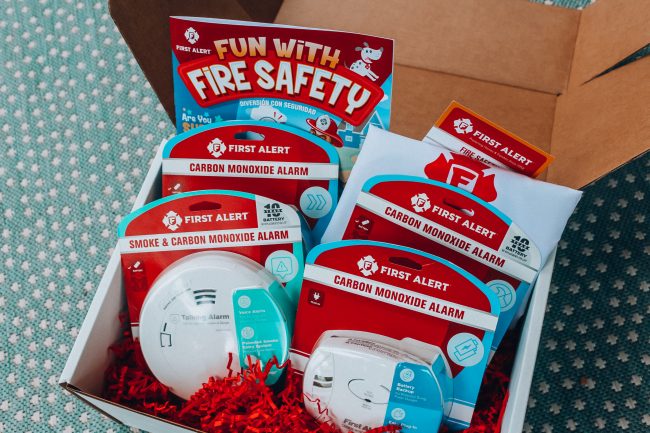
I was selected for this opportunity as a member of CLEVER and the content and opinions expressed here are all my own.

